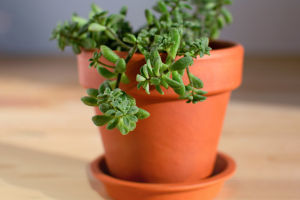Tips for Campers
Camping is a short-term outdoor living style that more people are pursuing to get closer to nature.
Condensation inside tents is one of the most common occurrences during outdoor camping, experienced by almost every camper during temperature fluctuations between day and night.
Although it's not a major issue, it can often be uncomfortable. Condensation is a natural phenomenon, similar to fogging glasses or water droplets forming on a cold soda can, and it occurs in all tents regardless of whether they are double-layered or single-layered, and regardless of the material they are made of.
1. How is condensation formed inside tents?
The process of condensation inside tents is similar to what happens during a shower, where water vapor causes the mirrors in a bathroom to become wet. When humid air encounters the cold surface of the tent, it condenses from a gas to a liquid.
2. How can condensation inside tents be reduced?
Tent condensation is caused by the humid air exhaled by the tent occupants encountering lower temperatures inside the tent. While you can't completely prevent condensation from occurring, you can take some measures to reduce it, including:
Avoid pitching tents in lower areas of the campsite, as colder air often settles there. Keeping the tent walls warm reduces condensation.
Avoid camping in high-humidity areas such as near swamps, marshes, ponds, lakes, or streams. Camping near water bodies increases humidity in the air, leading to more condensation due to temperature fluctuations.
Maintain lower humidity inside the tent by cooking and boiling water outside.
Before entering the tent at the end of the day, take off wet shoes and clothes and let them air dry outside. If that's not possible, keep them in a bag.
Ensure that humid air exhaled by occupants can escape the tent through windows or other openings. Any measures that improve tent ventilation will reduce condensation formation.
3. Can choosing the right tent avoid condensation?
While many people believe that a good tent can prevent condensation formation, in reality, no tent fits all locations, seasons, and climates.
Therefore, what you most need to do is choose the camping site rather than the tent to minimize or prevent condensation inside the tent. Of course, different types of tents have different advantages and disadvantages in other aspects, and you need to weigh them.
4. What to do when it's raining?
During rain, the surrounding air humidity increases, which means there is a greater likelihood of condensation inside the tent.
This is similar to camping near water bodies such as ponds or streams but with much higher humidity. If you are camping with a single-wall tent, the only thing you can do is wipe off the condensation with a camping towel; there's no other way.
5. The more people inside the tent, the more condensation:
During sleep at night, each person exhales approximately 1 liter of water vapor, all of which occurs unnoticed.
If two people share a tent, a total of two liters of condensation is produced, and so on. So, the more people inside the tent, the more condensation is produced. (This is also why the first thing you often do when waking up at night or in the morning is to drink water.)
6. What if the tent gets wet due to condensation?
If you wake up to find your tent soaked, you'll need some time to let the tent dry in the sun.
If you're in a hurry to leave, make sure to wipe off the water droplets on the tent surface with a dry towel, which will greatly reduce moisture. It's best to set up camp earlier in the evening so your tent has more time to dry before sleeping.
Condensation is a minor annoyance in tent camping, but these methods can minimize its impact. Make good use of towels, in warm weather, and ensure there are no damp items inside your tent to reduce condensation issues greatly.


